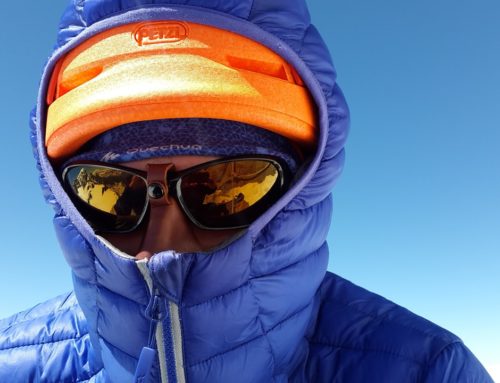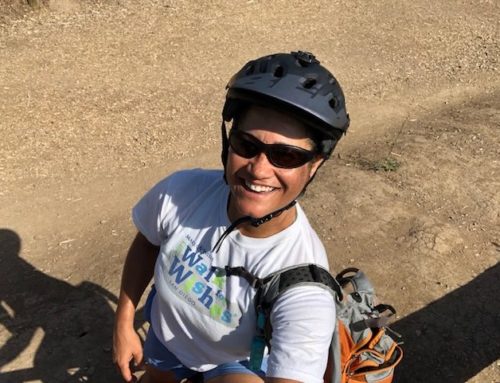With the weather getting hotter, it’s more important than ever to stay hydrated and take safety precautions when exercising outdoors. That goes for adults, children, and pets. The ER rooms see their fill of heat exposure cases every summer, and almost all could be avoided with a little planning. So play it safe and follow these simple steps for avoidance:
1) Plan ahead and do your research on your sport as well as the environment and conditions
2) Bring a portable medical kit
3) Bring adequate fluids for hydrating—it’s better to have leftovers than not enough
4) Let someone know where you’re going
5) Hydrate frequently—often children and pets don’t know to drink on their own, so you may need to encourage them
Under normal conditions, the body can tolerate heat very well, however, problems occur more often when a person is undergoing physical activity in a hot environment, and the body cannot compensate for the increased temperatures. Heat exposure, or hyperthermia, can appear in three forms: heat cramps, heat exhaustion, and heat stroke. According to James D. Heckman’s EMT manual, Emergency Care and Transportation, Fifth Edition, the three signs of hyperthermia are defined in the following way: “Heat cramps [are] painful muscle cramps associated with activity that occurs in a warm or hot environment. Heat exhaustion [is] a form of heat injury in which the body loses fluid and electrolytes from heavy sweating. (Also called heat prostration or heat collapse.) Heat stroke [is] a life-threatening condition caused by exposure to excessive heat, natural or artificial, and marked by dry skin, dizziness, headache, nausea, and muscle cramps.” (624).
I have personally witnessed the effects of heat exposure during a mountain bike trip in Mission Trails Regional Park a few years back. My husband Lonnie, three friends, and myself began what was described as a two-hour trip, according to a friend’s guide- book. That two-hour trip ended up taking five and a half hours to complete due to the heat factor that day. Early into the trip, three of the other four people ran out of water, and so one of the guys and myself gave away our own water, leaving us with nothing for several hours. At one point, the other girl with us started feeling faint, suffering calf cramps, flushed in the face yet cool to the touch, and started crying. Several of the others in the group were suffering from physical exhaustion and so were becoming progressively more uncoordinated which resulted in injuries due to falls. Mild shock often develops with the loss of excessive body fluids. I was so worried about the girl that I almost hiked down to Highway 52 to phone for help, but she insisted on finishing and miraculously we all made it as the result of a joint effort.
What I took away from that experience was to always prepare for the worst and bring more than enough fluids—if not for yourself, for someone with you. Since then I also travel with a small, portable first aid kit, because you never know when you may need it. I also began carrying an emergency foil blanket that folds down to about 3” x 3” and a ¼’ thick, and can be used as a shield from the sun if need be. My friend was probably suffering the beginnings of heat exhaustion, but if she remained in the same conditions, it most likely would have progressed to heat stroke.
If you suspect yourself or someone with you is suffering from heat exposure, remove that person from that environment immediately. If that’s not possible, remove any excessive layers of clothing, encourage the person to sit or lie down, replace fluids orally, and provide shade if possible. If an electrolyte solution like Gatorade is available, use it. It will help the person to retain water. Remember to plan for the worst and you should always come out ahead. Enjoy the outdoors this summer; just be safe!
Melissa Allen, BS, CPT, CES is a certified personal trainer, corrective exercise specialist and Medifast health coach, is the owner of the Optimum Condition Corrective Exercise & Performance Center, located in El Cajon, in the East County of San Diego. We specialize in customized fitness training and corrective exercise for both recreational athletes and post-rehab clients, as well as guaranteed weight loss programs or your money back. You can schedule a free consultation to help you get started. Please visit her website at OptimumCondition.org.





